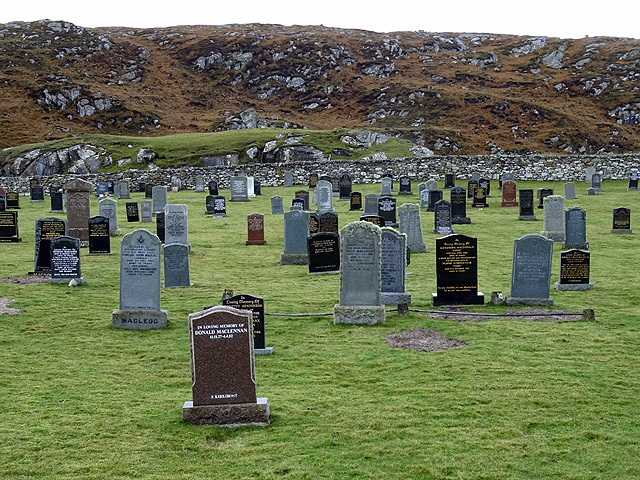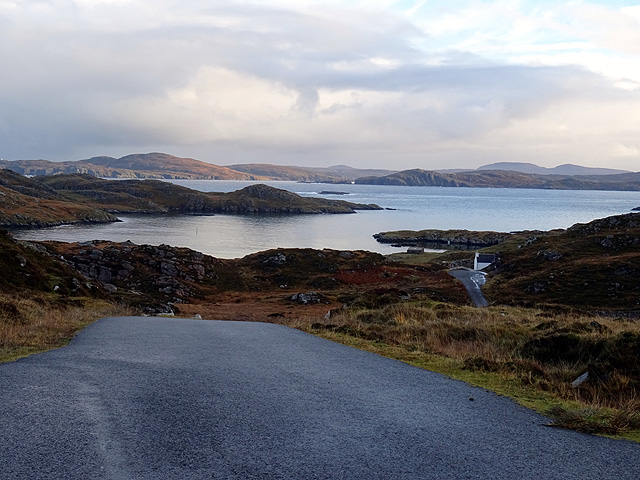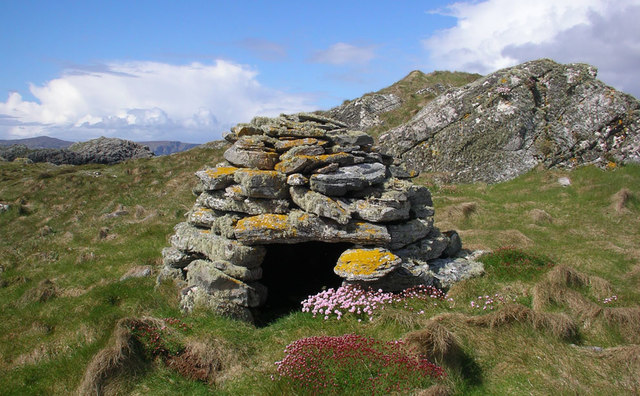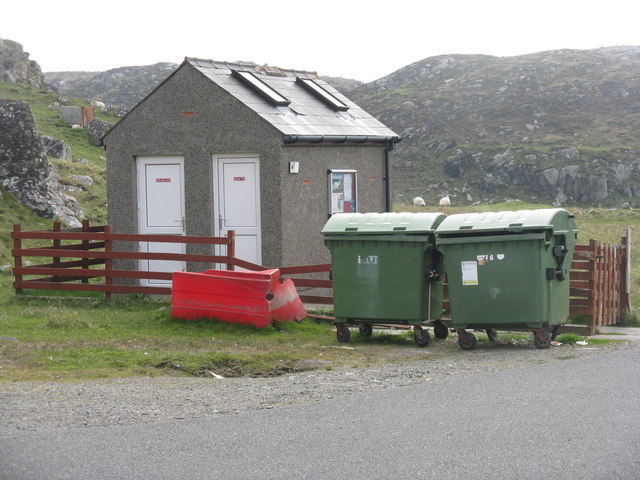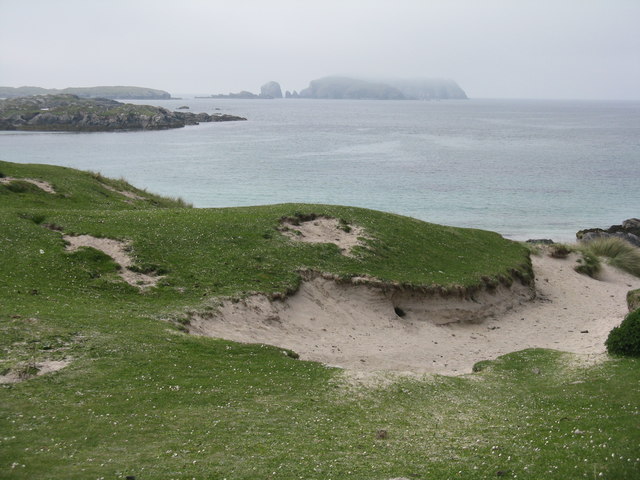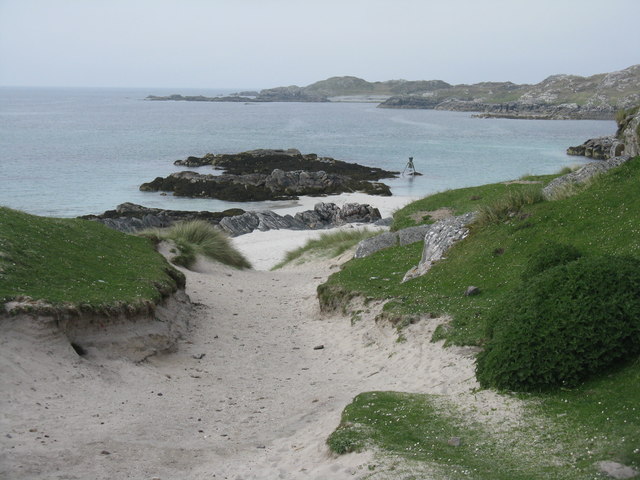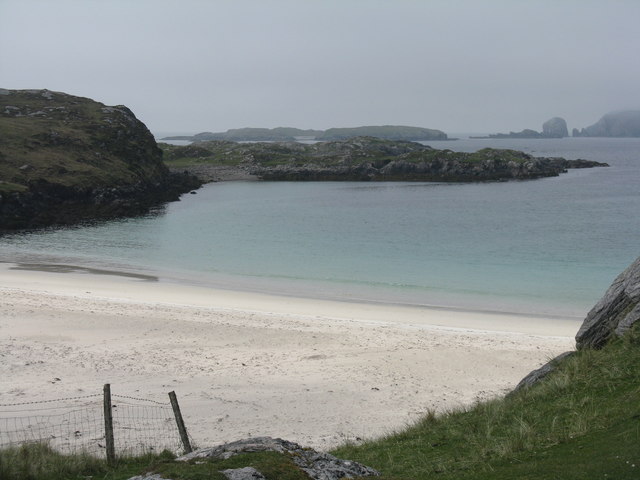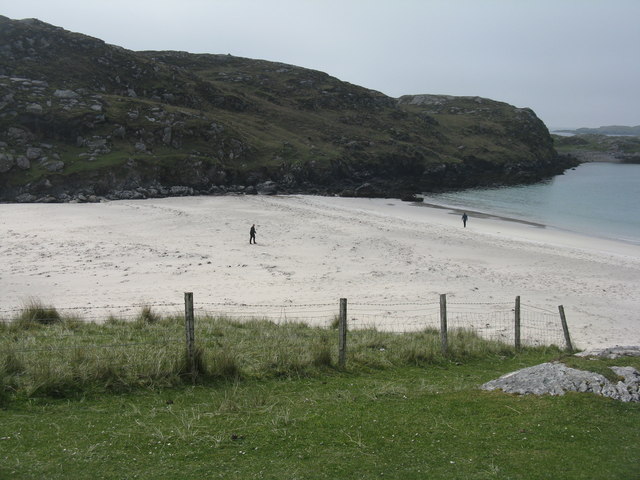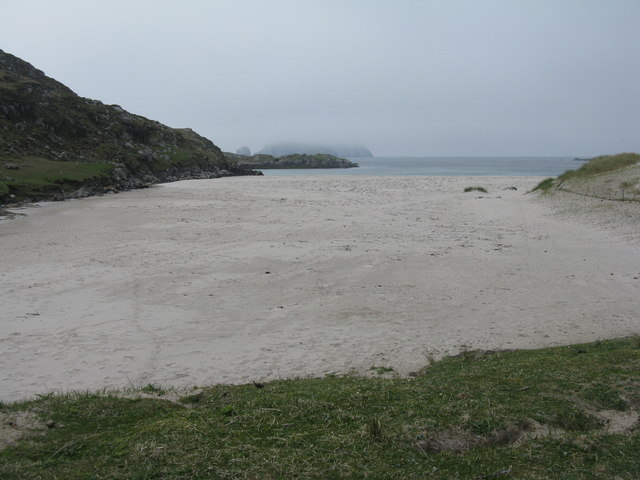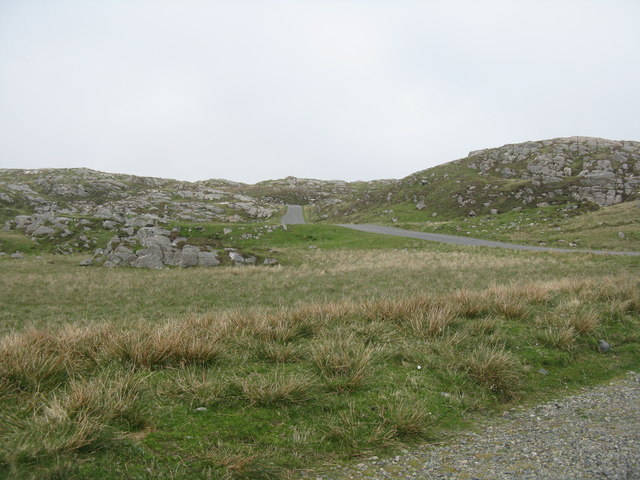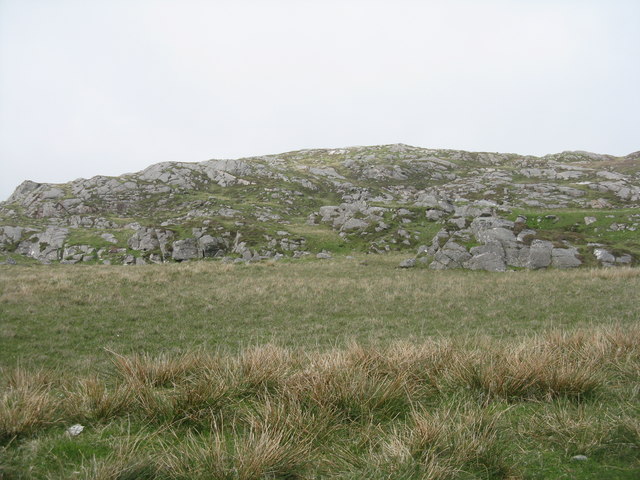Uamish
Island in Ross-shire
Scotland
Uamish
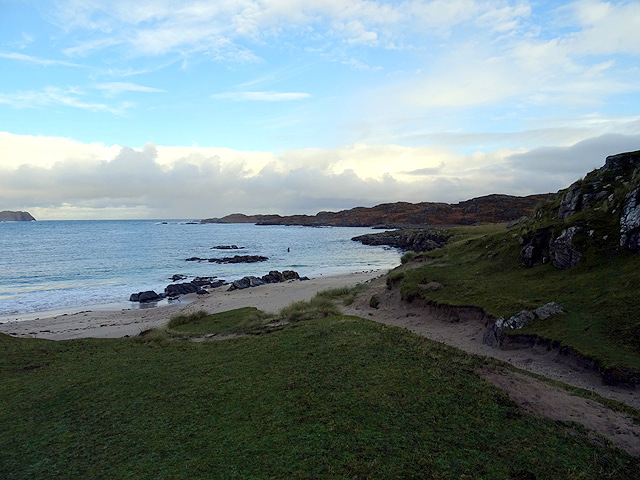
Uamish is a small island located off the coast of Ross-shire in the Scottish Highlands. It is part of the Inner Hebrides archipelago and sits in the Atlantic Ocean. The island measures approximately 2 square kilometers and has a population of around 50 residents.
Uamish is known for its stunning natural beauty and rugged landscapes. The island is primarily composed of rocky cliffs and rolling hills, with a few small sandy beaches scattered along its coastline. The terrain is perfect for hiking and exploring, offering breathtaking views of the surrounding sea and neighboring islands.
Despite its small size, Uamish has a rich history. The island is home to ancient ruins, including stone circles and burial sites, which provide a glimpse into its past civilizations. It is believed that Uamish was inhabited as early as the Bronze Age.
Today, Uamish relies mainly on fishing and tourism as its main economic activities. The island offers a peaceful retreat for visitors seeking a quiet and remote destination away from the bustling cities. Tourists can enjoy activities such as birdwatching, fishing, and wildlife spotting, as the island is home to a variety of seabirds, seals, and sometimes even dolphins.
Uamish is accessible by boat, and there are regular ferry services connecting it to the mainland. The island offers basic amenities, including a small shop and a couple of guesthouses for those wishing to stay overnight. It is a place where visitors can experience unspoiled nature and immerse themselves in the tranquility of island life.
If you have any feedback on the listing, please let us know in the comments section below.
Uamish Images
Images are sourced within 2km of 58.27348/-6.8745087 or Grid Reference NB1441. Thanks to Geograph Open Source API. All images are credited.

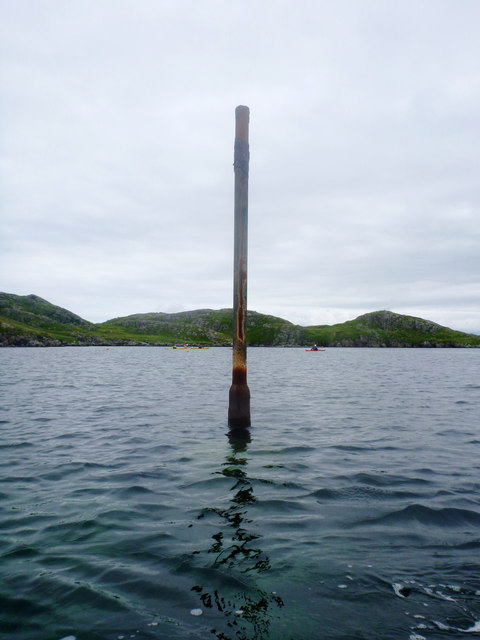



Uamish is located at Grid Ref: NB1441 (Lat: 58.27348, Lng: -6.8745087)
Unitary Authority: Na h-Eileanan an Iar
Police Authority: Highlands and Islands
What 3 Words
///unloaded.hush.speech. Near Carloway, Na h-Eileanan Siar
Nearby Locations
Related Wikis
Cealasaigh
Cealasaigh or Kealasay is an islet in outer Loch Ròg, Lewis, Scotland that lies north of Traigh Mhór on Little Bernera and south of Campaigh. To the west...
Campaigh
Campaigh or Campay is a steep and rocky islet in outer Loch Ròg, Lewis, Scotland that lies north of Cealasaigh and Little Bernera. A huge natural arch...
Little Bernera
Little Bernera (Scottish Gaelic: Beàrnaraigh Beag) is a small island situated off the west coast of the Isle of Lewis in the Outer Hebrides. Little Bernera...
Flodaigh (Outer Loch Ròg)
Flodaigh is an islet in outer Loch Ròg, Lewis, Scotland. It lies north west of Great Bernera and Little Bernera, south of Bearasaigh and Seanna Chnoc and...
Have you been to Uamish?
Leave your review of Uamish below (or comments, questions and feedback).
